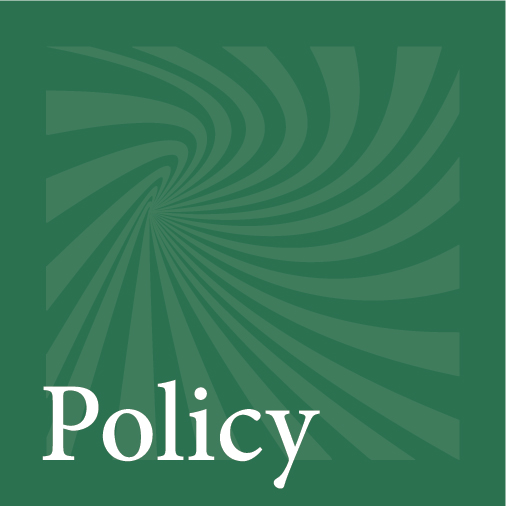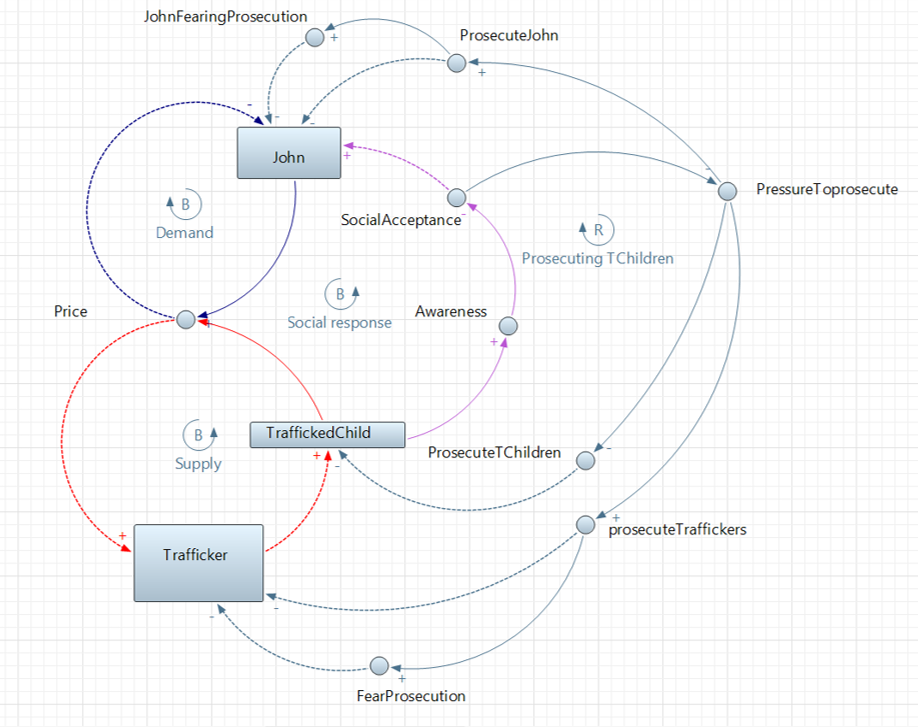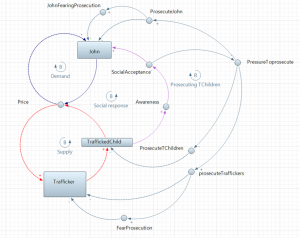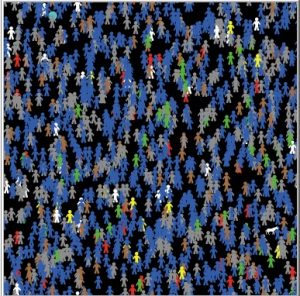Sex trafficking is a moral blight in our society, with traffickers preying on the most vulnerable children and luring them into a life of degradation. The sexual exploitation of children for profit is a multi-billion dollar industry. It’s difficult to assess the exact scale of this problem in the United States and abroad because of inconsistent laws and irregular reporting, making it even harder to combat effectively. However, it is certainly clear that the fight against child sex trafficking needs new tools to account for the new online platforms and technology that appear to be fueling its recent growth over the last decade.
Approach
Sex traffickers are adept at utilizing the newest waves of technology and innovation to expand and maintain their business. At CMAC, we believe that law enforcement and policy-makers need the best high-tech tools against traffickers, and that is exactly what we are developing. These tools are designed to help non-profits, lawmakers and others:(1) Identify where commercial exploitation of children is occurring (2) Guide strategic decisions about disruptions of trafficking networks (3) Analyze policy ideas for cost effectiveness and long-term stability (4) Experiment with scenarios to generate new strategies.
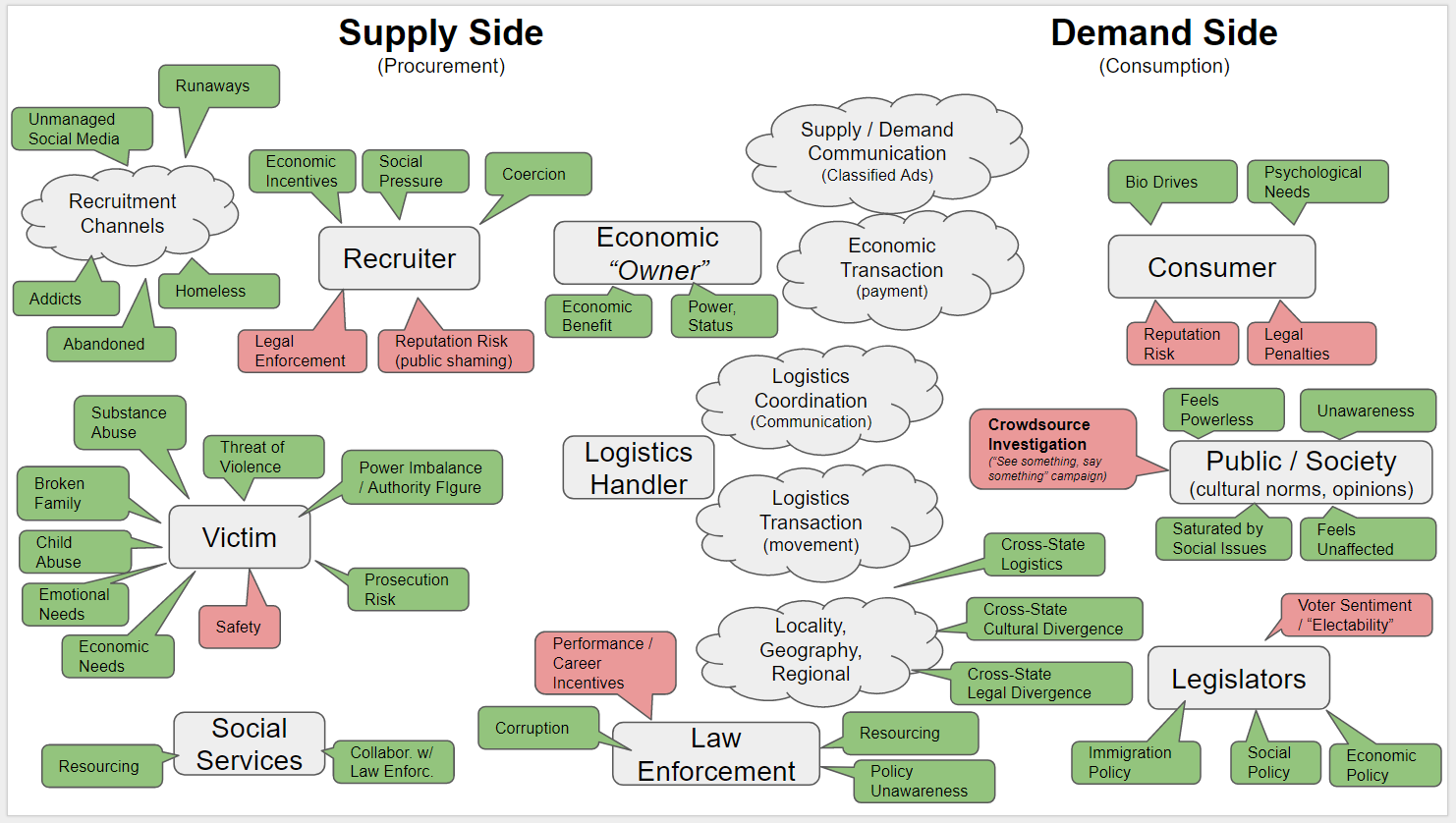
Child sex trafficking is a complex and dynamic problem, and sometimes well-intentioned short-term policies can lead to disastrous results. In TACT, we are designing methods that will enable the development and testing of long-term solutions, which will be resilient in response to volatile circumstances.
Our approach combines Big Data Mining to measure, observe, and learn about trafficking in the real world, Network Analysis to identify intervention points, Modeling and Simulation to test the long-term consequences of different policies, and Visualization of the child trafficking market system, which will help the public learn about this complex problem in an intuitive way.
Focus areas
Meet the team






Impact
So far, CMAC has developed a Proof-of-Concept Model that puts a shift in Seattle’s anti-trafficking procedures to the test. The model evidences it is more effective to target, arrest and prosecute buyers than to target, arrest and prosecute victim children.
This result is consistent with the literature, which explains that children are especially vulnerable to trafficking in the juvenile delinquency system – so putting victims into that system may actually exacerbate the issue. Furthermore, arresting buyers lowers the demand for commercial sex.
CMAC has also mapped out the Dynamic Structure of this market, looking at the behaviors of the traffickers, society-at-large and law enforcement to understand what ultimately decreases or increases the number of trafficked children.
The 3P Directory is another tool for organizations working against child trafficking that presents basic information on Massachusetts anti-child-trafficking groups and sorts them by the predominant categories involved in this work: prosecution, protection and prevention. The Directory allows for leaders and anti-trafficking efforts to better learn about each other’s’ work, connect and collaborate on a more comprehensive strategy to dismantle the child sex trafficking market.
In the coming months, CMAC will continue this work by facilitating the construction of databases in which different NGOs and governmental institutions can pool their information. In addition we will continue to construct new models and simulations and refine our existing ones to more accurately reflect the lessons from the data. Finally, we are committed to communicating our insights to the public and to change-agents and empowering them by building the tools they need to stop child trafficking once and for all.
Latest updates
Publications
Kennedy, Marqueze. “Counter-Trafficking Top 40: Tech Against Child Trafficking,” Center for Mind and Culture. May 17, 2019.
Smith, Nicole. “Top 40 Tech Tools to Combat Child Trafficking,” Trafficking Matters. August 13, 2019.
Alizada, Khatera and Wesley J. Wildman. “Analyzing the Effectiveness of Anti-Child-Sex-Trafficking Policies Targeting Demand versus Supply Using Agent-Based Modeling,” Journal on Policy and Complex Systems. Volume 5, Number 2, Fall 2019.


